What is a 2 Cylinder Engine?
A 2 cylinder engine is a type of internal combustion engine. It features two cylinders for power generation, creating a balance between size and performance. These engines are commonly found in vehicles and machinery that prioritize simplicity and efficiency. They operate by burning fuel to generate power, like other internal combustion engines, but their compact design gives them unique characteristics.
Definition and Core Features
A 2 cylinder engine consists of two pistons moving within two separate cylinders. These pistons work together to convert fuel energy into mechanical power. The engine typically employs a parallel twin or V-twin configuration. This design ensures even power delivery and minimal mechanical complexity.
Some core features of 2 cylinder engines include:
- Compact size and lightweight build, making them ideal for smaller vehicles.
- Simple mechanical structure, which reduces manufacturing costs.
- Efficient fuel consumption compared to larger multi-cylinder engines.
- Moderate power output, suitable for specific use cases.
How It Differs From Other Engine Types
2 cylinder engines differ from single-cylinder and multi-cylinder engines in several ways:
- Compared to Single-Cylinder Engines: They provide smoother operation. The presence of two cylinders reduces vibration and enables better power output.
- Compared to Multi-Cylinder Engines: They are smaller, lighter, and more cost-effective. While multi-cylinder engines can deliver more power and refinement, 2 cylinder engines prioritize simplicity and efficiency.
Additionally, their design makes them versatile. This is a key reason why they are popular for specific applications like motorcycles, scooters, and compact utility vehicles.
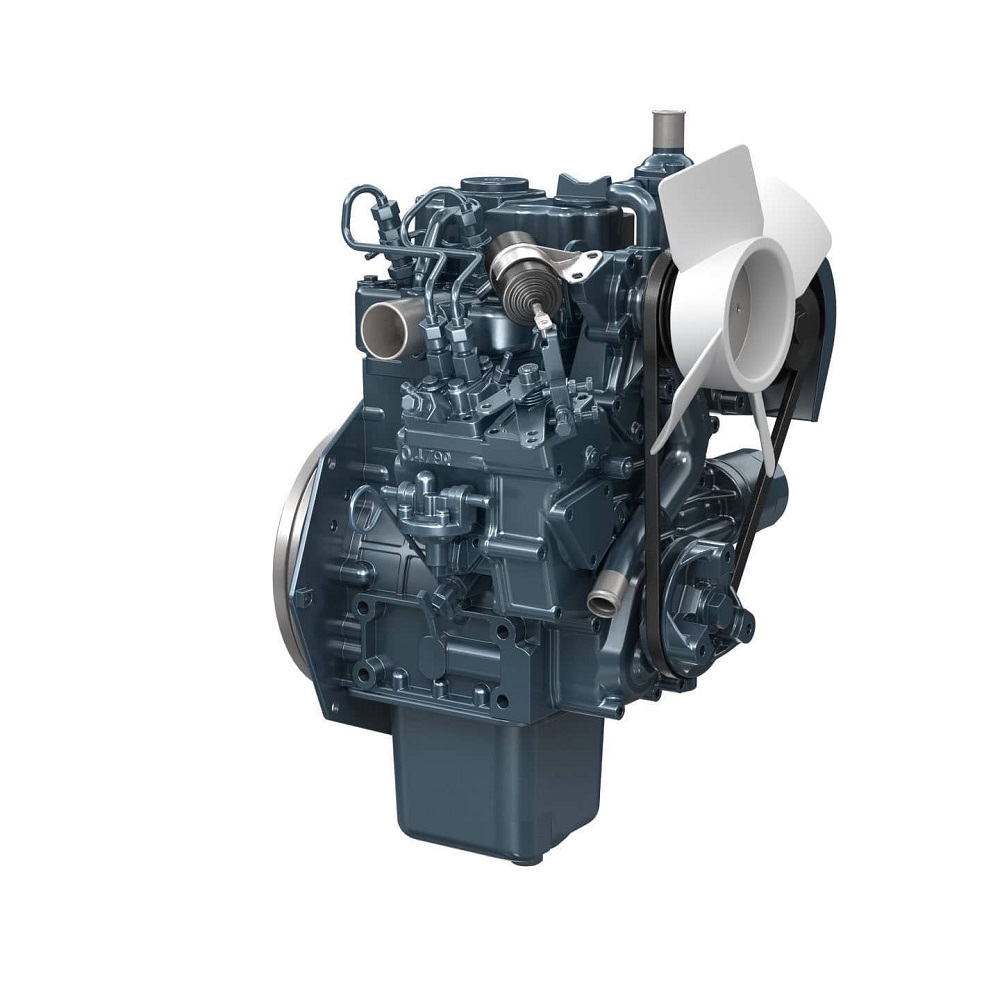
History and Evolution of 2 Cylinder
2 cylinder engines have a long and fascinating history in the world of machinery and transportation. Their compact design and efficiency have made them popular in various industries over time.
Early Development and Applications
The concept of 2 cylinder engines emerged during the early days of internal combustion engines. Early designs prioritized simplicity and affordability. Engineers aimed to create engines suitable for basic transportation and machinery needs.
In the late 19th and early 20th centuries, 2 cylinder engines became widely used in motorcycles and small vehicles. Their lightweight and compact nature made them ideal for early mobility solutions. Many manufacturers focused on parallel twin and V-twin configurations for steady power delivery.
Industrial equipment also benefited from these engines during their early application. Farm machinery, construction tools, and small factory machines utilized the simplicity and reliability of 2 cylinder engines to perform tasks efficiently.
Advancements Over the Years
Throughout the 20th century, advancements in engineering brought significant improvements to 2 cylinder engines. Refinements in materials and manufacturing enhanced their durability and performance.
The introduction of new combustion technologies improved fuel efficiency and power output. These advancements allowed the engines to compete with other configurations in specific use cases.
Modern 2 cylinder engines feature innovative designs, offering better vibration control and smoother operation. Advanced fuel injection systems have made them even more economical and eco-friendly, aligning with environmental concerns.
Today, these engines remain relevant in motorcycles, scooters, compact cars, and industrial equipment due to their reliable operation and efficient design.
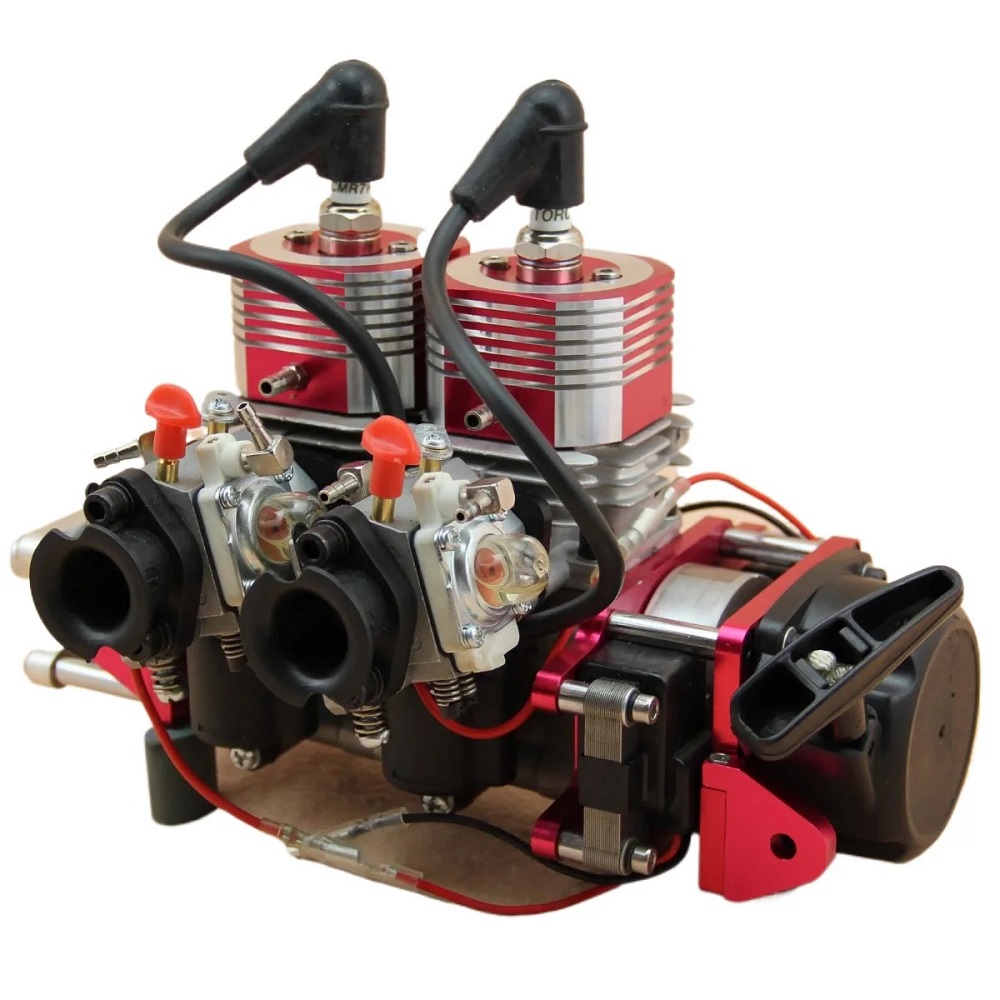
Advantages of 2 Cylinder Engines
2 cylinder engines offer several benefits that make them suitable for various applications. These advantages highlight their practicality, efficiency, and versatility, especially in compact vehicles and machinery.
Compact Design and Lightweight
One key advantage of 2 cylinder engines is their small size and lightweight structure. The compact design makes them a perfect fit for motorcycles, scooters, and small cars. They save space, which is crucial for vehicles with tight design constraints. Their lightweight build improves the overall efficiency of the vehicle, enhancing handling and reducing fuel consumption.
Manufacturing these engines requires fewer materials compared to multi-cylinder engines. This simplicity lowers production costs, making them an economical choice for manufacturers. Their smaller structure also contributes to their portability, making them ideal for agricultural and industrial equipment used in remote and rugged areas.
Fuel Efficiency and Economical Operation
Another significant benefit of 2 cylinder engines is their efficient fuel usage. They typically consume less fuel compared to larger engines, making them suitable for cost-conscious users. This feature is especially helpful for daily commuters using motorcycles or scooters.
Their simpler design results in fewer moving parts, reducing energy loss during operation. This translates to better mechanical efficiency and lower maintenance expenses. Additionally, their compact construction often leads to optimized combustion processes, further enhancing fuel economy.
For manufacturers, the lower operational costs help these engines remain a sustainable choice for many applications. Users also benefit from reduced carbon emissions, making 2 cylinder engines a cleaner option for the future.
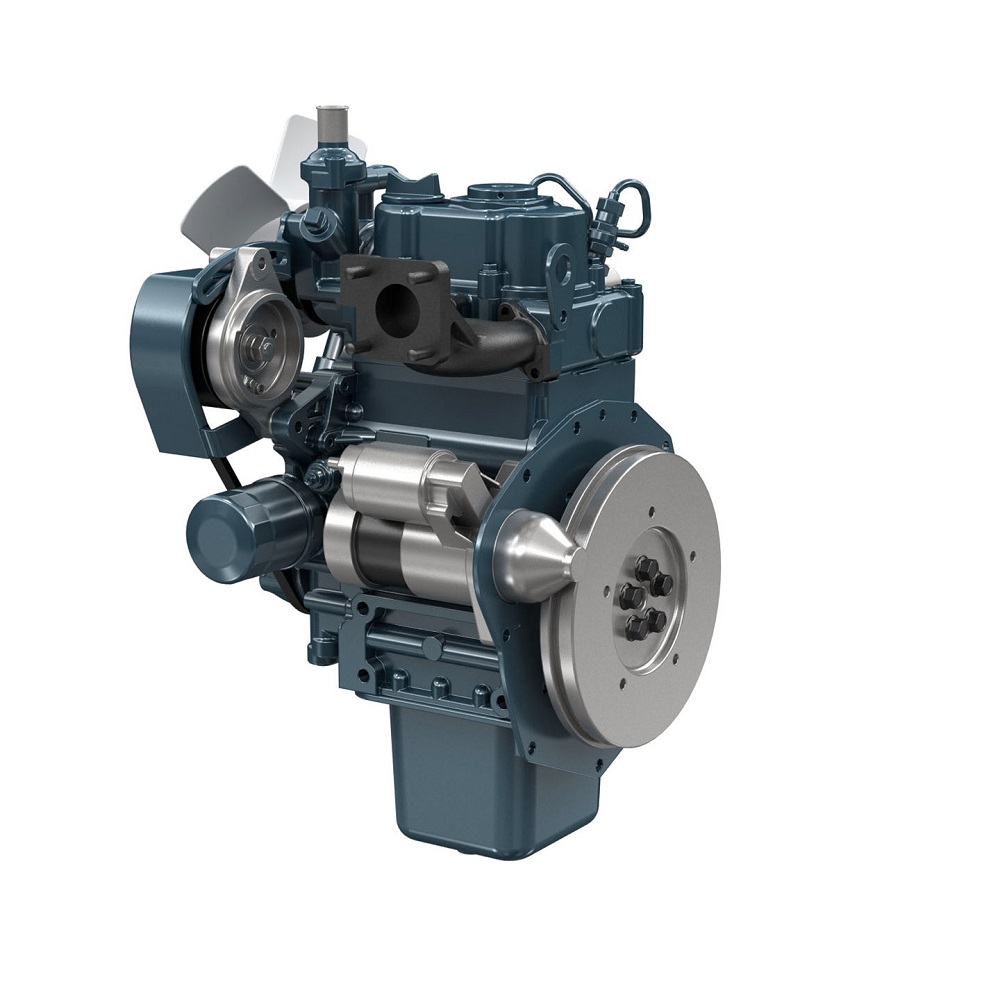
Limitations and Challenges
2 cylinder engines are well-regarded for their efficiency and simplicity. Despite their advantages, they pose certain limitations that users should consider. These challenges can affect performance, comfort, and usability in specific cases.
Performance Compared to Multi-Cylinder Engines
2 cylinder engines offer moderate power output, which may not meet high-performance needs. Multi-cylinder engines, such as four-cylinder or six-cylinder setups, deliver greater refinement and power. They excel in applications requiring high speeds, advanced torque, and smoother acceleration.
The smaller configuration of 2 cylinder engines tends to limit their versatility. For example, sports cars and heavy-duty vehicles often demand more cylinders for optimal performance. In these scenarios, 2 cylinder engines may struggle to compete against multi-cylinder designs. Additionally, their power delivery might feel less even, leading to slower response times during demanding tasks.
Noise and Vibration Issues
Another challenge with 2 cylinder engines is the noise and vibration they produce. They generally operate less smoothly than multi-cylinder engines due to fewer cylinders and moving parts. Vibrations can impact comfort in motorcycles, scooters, and compact vehicles, especially during long rides.
Noise levels are often more pronounced with 2 cylinder engines. Their compact design can amplify mechanical sounds during operation. Without adequate vibration-dampening technology, the engine’s noise can compromise user experience, making it unsuitable for luxury or premium products.
Managing these issues requires additional engineering solutions, such as advanced balancing systems or soundproofing materials. While modern designs have improved these aspects, noise and vibration remain inherent challenges for 2 cylinder engines in specific applications.
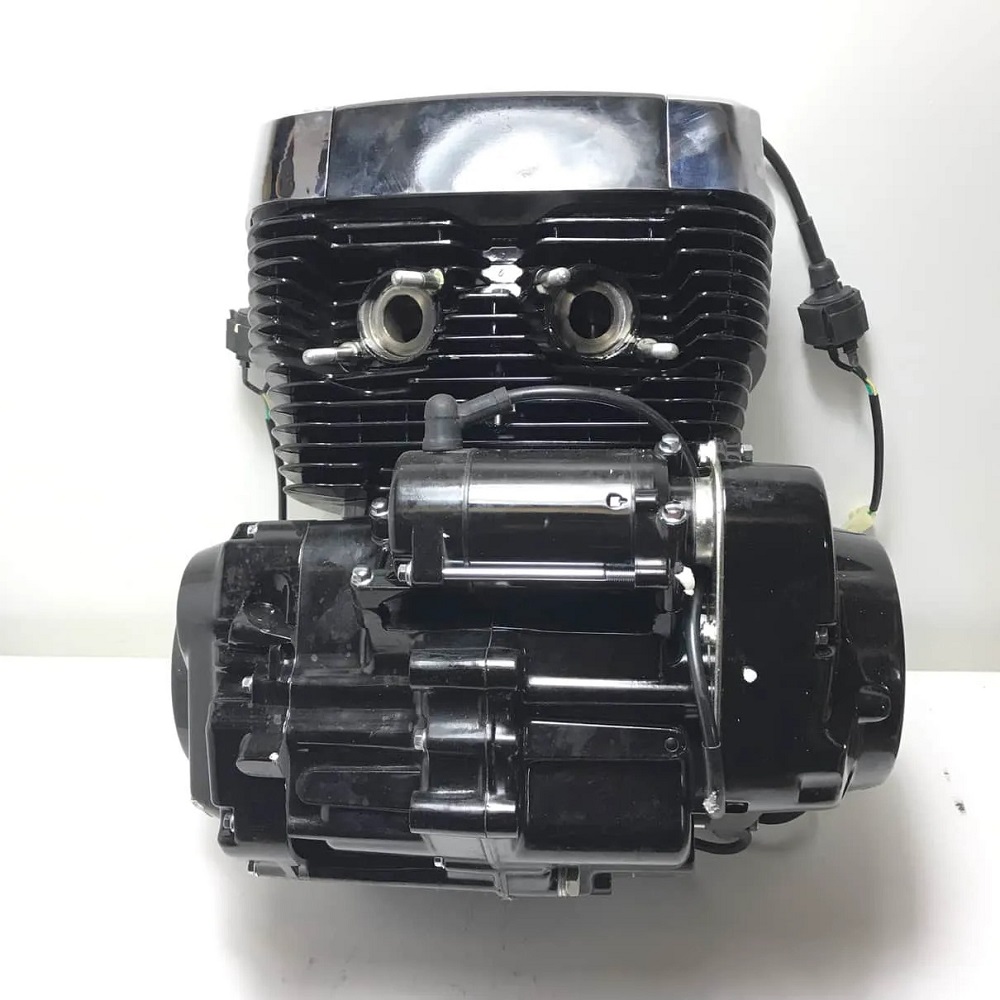
Popular Applications of 2 Cylinder
2 cylinder engines are versatile and widely used across different industries. Their compact design, efficiency, and practicality make them ideal for specific applications. Below are the primary areas where these engines excel.
Motorcycles and Scooters
2 cylinder engines are a popular choice for motorcycles and scooters. Their lightweight build ensures better handling and maneuverability. Riders benefit from their balance of power and efficiency, making them suitable for urban commuting and long journeys.
The compact size allows for sleek vehicle designs, a key feature in competitive motorcycle markets. V-twin and parallel twin configurations are preferred for smooth power delivery. Additionally, their fuel efficiency helps riders save on costs, making them a practical solution for daily travel.
Small Cars and Utility Vehicles
Small cars and utility vehicles often adopt 2 cylinder engines for their simplicity and cost-effectiveness. These engines reduce vehicle weight, which improves fuel economy. Their manageable power output suits compact cars designed for urban and suburban driving.
Manufacturers favor 2 cylinder engines in vehicles that prioritize affordability and efficiency. These engines are especially common in compact utility vehicles used for light transportation, ensuring reliable performance over time.
Agricultural and Industrial Equipment
Agricultural and industrial equipment benefit from the reliability of 2 cylinder engines. Their straightforward design makes them easy to maintain. This low-maintenance quality is ideal for remote and rugged environments.
Common uses include powering small tractors, water pumps, and other farm machinery. Industrial tools such as generators and compressors also use these engines effectively. The compact size ensures portability, making them suitable for tasks that require movement between locations.
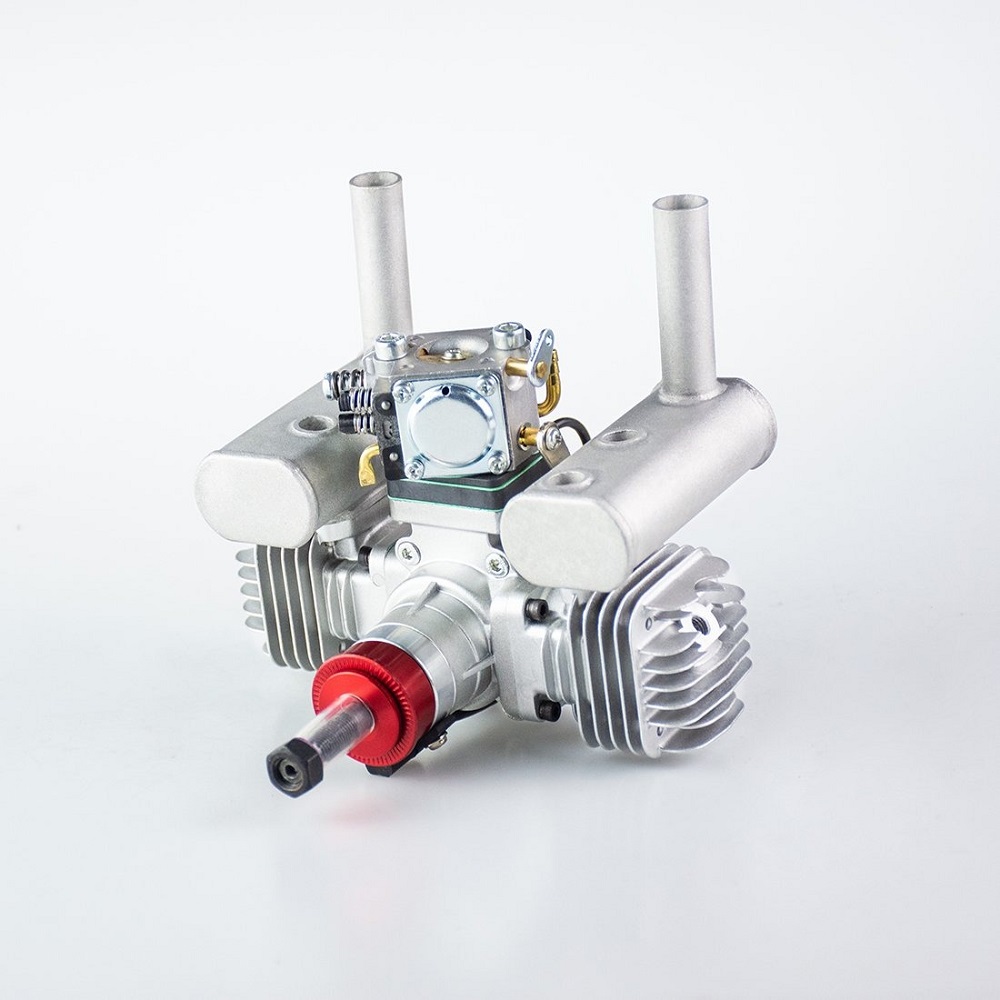
Maintenance and Upkeep
Proper maintenance of a 2 cylinder engine ensures its reliable performance over time. Regular upkeep minimizes wear and extends the engine’s lifespan. Below are some key practices and tips to keep these engines running efficiently.
Common Maintenance Practices
- Regular Oil Changes: Replace the engine oil per the manufacturer’s recommendations. Clean oil reduces friction and prevents damage.
- Air Filter Inspection: Clean or replace the air filter frequently. A clogged filter reduces efficiency and power output.
- Spark Plug Maintenance: Inspect and replace spark plugs at regular intervals to ensure smooth combustion and ignition.
- Cooling System Check: Check for leaks or blockages in the cooling system. Proper cooling prevents overheating.
- Fuel System Cleaning: Use clean fuel and periodically clean injectors. This avoids residue buildup that can clog the system.
- Belt and Chain Adjustments: Check and tighten belts or chains regularly. Loose components can disrupt engine performance.
- Regular Inspections: Inspect for loose bolts, unusual noises, and oil leaks. Address issues early to avoid major damage.
Tips for Extending Engine Life
- Avoid Overloading: Don’t push the engine beyond its capacity. Overloading causes stress and early wear.
- Warm Up the Engine: Allow the engine to warm up before driving. This reduces wear on internal parts.
- Use Quality Fuel and Oil: High-quality fuel and lubricants prevent residue buildup and ensure smooth operation.
- Follow Maintenance Schedules: Stick to the manufacturer’s recommended maintenance schedule to keep the engine in top condition.
- Monitor Strange Sounds: Unusual sounds may signal a problem. Investigate such issues immediately to avoid bigger failures.
- Store Properly: For long periods of inactivity, drain fuel and store the engine in a dry place.
- Ride or Operate Responsibly: Avoid aggressive operation, which can overstress the engine and wear out its components prematurely.
By following these simple maintenance steps and care tips, a 2 cylinder engine can remain efficient and reliable over a longer time.
Comparing 2 Cylinder With Other Engine Configurations
Performance and Efficiency Comparison
2 cylinder engines have distinct advantages and limitations in performance compared to other configurations. Their compact size makes them lighter, leading to improved fuel efficiency. Unlike multi-cylinder engines, they have fewer moving parts, which reduces energy loss and maintenance costs.
In terms of power, 2 cylinder engines provide moderate output. They suit applications that prioritize efficiency and simplicity but can’t match the high torque and speed of 4 or 6 cylinder engines. Multi-cylinder engines excel in smoother acceleration due to balanced power delivery, while 2 cylinder designs may experience vibration and uneven power output at higher speeds.
Single-cylinder engines, on the other hand, are even simpler than 2 cylinder engines. However, they often create more vibrations and provide lower power output. 2 cylinder engines strike a balance between these two extremes, making them versatile for a range of applications.
Efficiency-wise, 2 cylinder engines consume less fuel than multi-cylinder configurations. Their simple design optimizes combustion processes, making them a cost-effective choice for low-demand tasks.
Use Case Scenarios
The practical benefits of 2 cylinder engines make them ideal for several specific use cases:
- Two-Wheelers: 2 cylinder engines are widely used in motorcycles and scooters. They ensure good handling, fuel efficiency, and compact designs for urban commuting.
- Compact Cars: Many compact and budget-friendly cars employ 2 cylinder engines. These engines keep production costs low, making the vehicles affordable and efficient for city driving.
- Agricultural Tools: Small tractors, water pumps, and other farm machinery often use 2 cylinder engines. Their durability and simplicity are well-suited for rural and rugged conditions.
- Industrial Equipment: Portable industrial tools like generators and compressors benefit from the lightweight and efficient design of these engines.
While 2 cylinder engines perform well in these scenarios, they are not ideal for high-performance needs or luxury vehicles. In such cases, multi-cylinder engines are preferred for their superior power and refinement.
By understanding where these engines excel, users can choose the right configuration for their specific requirements.
Future of 2 Cylinder Engines
The future of 2 cylinder engines holds promise with technological advancements and a focus on sustainability. These engines are evolving to meet the demands of modern transportation and machinery. Innovations aim to overcome traditional challenges while aligning with global environmental goals.
Innovations and Emerging Technologies
- Advanced Combustion Techniques: Engineers are enhancing combustion efficiency to maximize power and minimize fuel consumption. This innovation is especially vital to meet emission regulations.
- Hybrid Integrations: Manufacturers are developing 2 cylinder engines for hybrid systems. These engines complement electric motors in hybrid vehicles, providing both performance and fuel efficiency.
- Improved Vibration Control: Advanced balancing technology reduces noise and vibration. It improves comfort for users, particularly in vehicles.
- Turbocharging: Turbochargers are being integrated into 2 cylinder engines. They boost power output without increasing engine size or fuel use.
- Smart Electronics: Modern electronic control units (ECUs) optimize performance. Features like variable valve timing and adaptive fuel injection improve efficiency.
- Lightweight Materials: Engineers use advanced materials to reduce engine weight further. Reduced weight improves fuel efficiency and performance.
These innovations ensure 2 cylinder engine remain competitive across diverse applications, from motorcycles to industrial tools.
Sustainability and Environmental Concerns
- Lower Emissions: Stricter standards push engineers to reduce emissions. Technologies like cleaner exhaust systems address environmental concerns.
- Alternative Fuels: Research focuses on integrating alternative fuels like biofuels and hydrogen. These options make engines cleaner and reduce dependency on fossil fuels.
- Electric Compatibility: Many 2 cylinder engines now complement electric systems. This combination supports the transition to greener transportation.
- Energy Efficiency: Continuous improvement in fuel efficiency minimizes resource consumption. It ensures long-term sustainability in various industries.
- Recyclable Components: Manufacturers explore ways to use recyclable materials. This lowers the environmental footprint of engine production and disposal.
As the world embraces sustainable practices, 2 cylinder engines are adapting to stay relevant. They strike a balance between simplicity, efficiency, and environmental responsibility. Their future lies in innovation and their ability to address global ecological challenges.
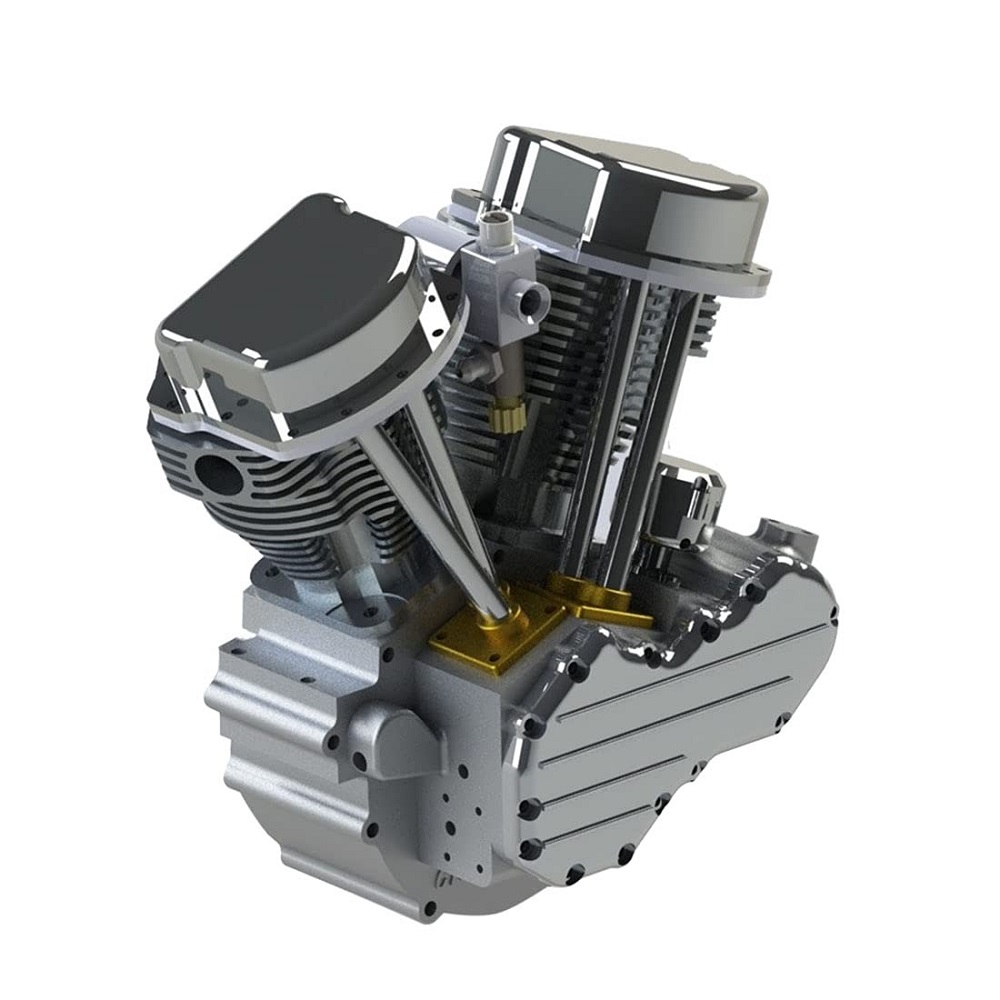
Leave a Reply